 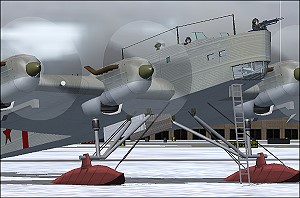 |
|
|
 |
|
CFS2/FS2004/ FS2002
- GMAX model
- CFS2 AI MODEL
- 3 texture sets
- 2 MODELS, wheel and ski
- SIMULATED GUNFIRE
- Pilot and Gunner Animation
- Weapons pack and two ground attack-equipped I-16s with 250 kg bombs (CFS2
only)
- Paratroopers Effect (thanks to Pierino Primavesi
for his permission)
-specular reflectivity (dinamic shine)
- detailed virtual cockpit fully animated
- 2D panel pop-ups for fuel, throttle and airspeed
- bomb door, crew noise Door, exit door animation
- Multiresolution
- landing light + gunners and pilots virtual
cockpit light
- Nite lights panel
- Shock absorber movement
- Wheel rotation
- Tutorial about Tb.-3
- Detailed specifics, assignaments and history included into Fs2004 Learning
Center. | |
| |
|
|
 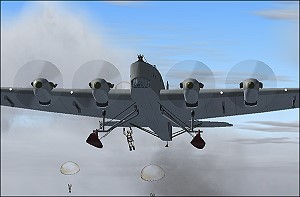 |
|
|
In the thirties, this airplane was the first
strategic bomber in the history of aviation.
Three ABON (Air brigades for Special Purposes)
were formed in the Leningrad, Kiev and
Belorussian Military Districts, with a number of
TB-3 and R-5 eskadrii attached to serve as
trasports for paratroops and equipment. During
manoeuvres in the Belorussian Military District
in 1934 900 paratroopers with equipment were
dropped from TB-3s and in 1935 1800 paratroopers
were carried during another exercise.
|
|
|
|
| |
|
Buy Now |
Check Out |
 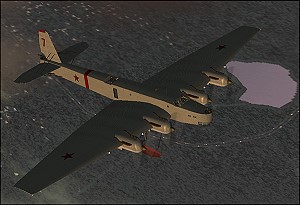 |
|
|
It was also utilized for other diversified
missions : sometimes equipped with gliding
torpedoes, sometimes transporting paratroopers,
sometimes performing polar expeditions, or
transporting tanks…But, its most original
utilization was that of an aircraft carrier,
under the name "Samolyot Zveno"
|
|
|
|
| |
|
Buy Now |
Check Out |
 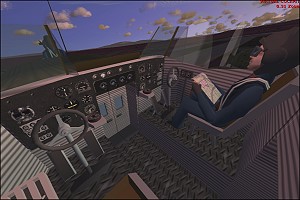 |
|
|
The first tests occurred on December 31st 1931
from a TB-1 twin engine airplane, transporting
two modified I-4 fighters (the lower wing had
been removed) perched atop the wing of the
transporter. As a result of those tests,
Vakhmistrov and the pilots were decorated and
made recipients of the order of the red star.
The range of the TB-1s being insufficient, the
Zveno Z-2 which was comprised of a TB-3
transporting a Polikarpov I-5 on its fuselage
and two on its wings was developed between 1933
and 1935.
|
|
|
|
| |
|
Buy Now |
Check Out |
 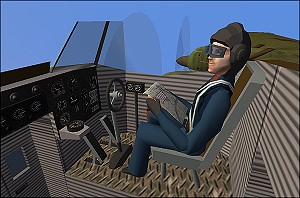 |
|
|
The object was the protection of the bomber
formation, the fighter's engines were kept
running during the entire mission permitting
rapid intervention. The range of the fighters
being obviously limited, they received their
fuel supply from their transporter until their
eventual separation.
|
| |
|
|
| |
|
Buy Now |
Check Out |
  |
|
|
Vakhmistrow's initial idea, which was the
defense of the heavy bombers with interceptors
carried aboard a "Mother Ship" was not the only
idea that he formulated. As early as 1935, he
found another application for his concept
although not as spectacular. |
| |
|
|
| |
|
Buy Now |
Check Out |
 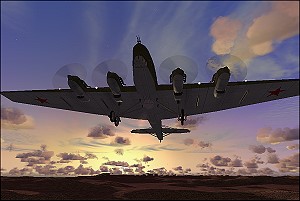 |
|
|
The TB-3 could carry 1000 kg of bombs 2200 km at
a cruising speed of 180-200 km/h and it was soon
realised that an aircraft of this type with this
performance would be an easy prey for modern
fighters. The TB-3 4M-17 remained active
military service until 1939, but was gradually
transferred to Aeroflot. The TB-3s also served
as military transports.Initially this was a
secondary role, but during the later part of the
type s operational career it became the primary
duty.
|
| |
|
|
| |
|
Buy Now |
Check Out |
 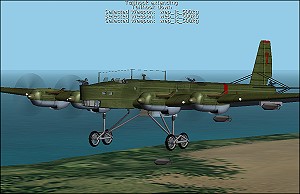 |
|
|
As a paratroop transport the TB-3 was lightened
by reducing the amount of defensive armament ,
at first by removing the retractable ventral
turrets. Taking into consideration the important
payload capacity of the TB-3, as well as the
moral necessity to permit the range limited
fighter to easily rejoin their lines, he thought
of applying his composite system for the defense
of sensitive areas, such as the urbane or
industrial agglomerations.
|
| |
|
|
| |
|
Buy Now |
Check Out |
 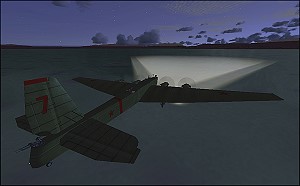 |
|
|
Thirty of thirty-five paratroppers could be
accomodated in the fuselage and in the wings.
The bomb racks were adapted to carry equipment,
including small tanks, armoured cars, 45mm
cannons and 76mm guns.The first operational
mission of the composites took place on the 26th
of July 1936, during which time two Zveno-SPBs
released their four I-16s near the Constanza
harbor.
|
| |
|
|
| |
|
Buy Now |
Check Out |
 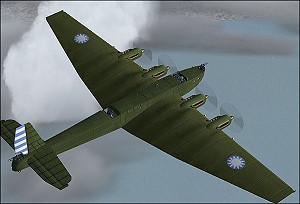 |
|
|
Interesting detail: the FLAK did not even
attempt to shoot them down, their presence so
far from their bases being so hard to believe.
The operation's success therefore brought a
repeated utilization of the Zveno against the
pipelines, bridges, and miscellaneous
terrestrial objectives.
|
| |
|
|
| |
|
Buy Now |
Check Out |
 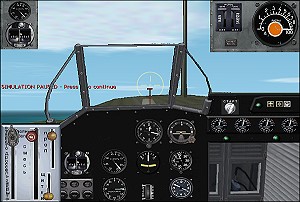 |
|
|
By the end of October 1941, the arrival of the
German Wehrmacht at the Evpatoria factory where
the Zveno were assembled put an end to those
missions. None the less, it should be noted that
despite the experimental nature of the concept,
the results were interesting. In 29 sorties,
only three I-16s were lost (no TB-3 were ever
lost) and the percentage of the target destroyed
was very significant.
|
| |
|
|
| |
|
Buy Now |
Check Out |
 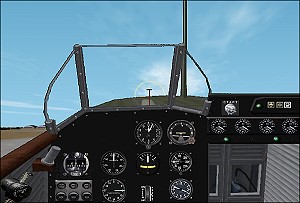 |
|
|
Sixty TB-3s participated in
the undeclared war with Japan at Lake Khasan in
1938. Six TB-3 AM-34RNs were flown by Soviet
volunteers in China and were transferred to the
Chinese Nationalist Air force for use in the
transport role. On 1 January 1939 a total of 546
TB-3s were in service with the VVS, mainly with
units based in the Leningrad, Belorussian and
Kiev Military Districts, with the AON-3 (armya
osobogo naznacenia) formed at Rostov in May 1938
and with the 1st OKA (Otdelnaya Krasnoznamennaya
Armya) in the Far East.
|
| |
|
|
| |
|
Buy Now |
Check Out |
  |
|
|
Aircrafts of the 1st OKA were used in the
Halkin-Gol inciddent, and in 1939-40 other TB-3s
operated againist Finland. In June 1941 the VVS
had 516 TB-3s on its inventory. During the
opening stages of the war with germany many of
these now by all standards absolete bombers were
committed to desperate diurnal attacks on
advancing German armoured units and on other
tactical targets.
|
| |
|
|
| |
|
Buy Now |
Check Out |
 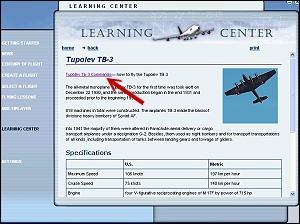 |
|
|
Many were shot down by
Luftwaffe fighters and the heavy losses dictated
a change to night operations. The TB-3s were
also used in the transport role and carried
personnel, arms and equipment to the fronts in
latge airborne operations. They flew supplies to
the besieged city of Leningrad and supported
partisan operations.
Aircraft: TB-3
|
| |
|
|
 |
